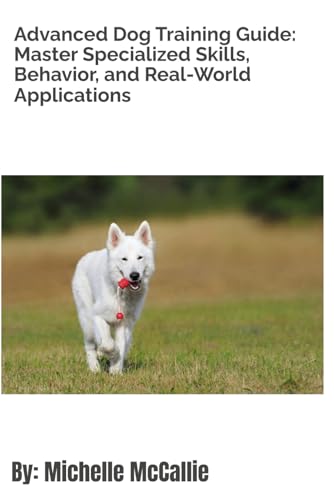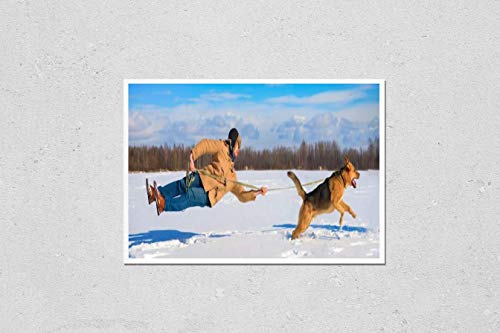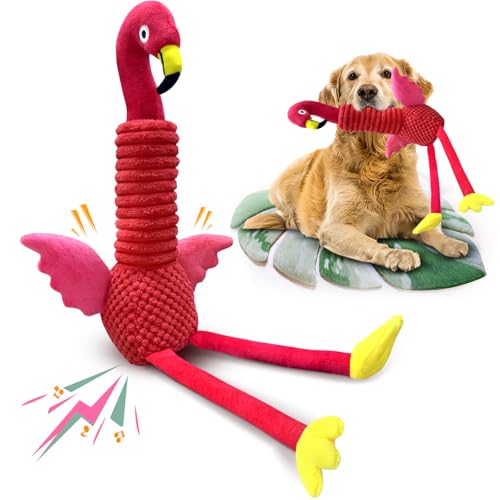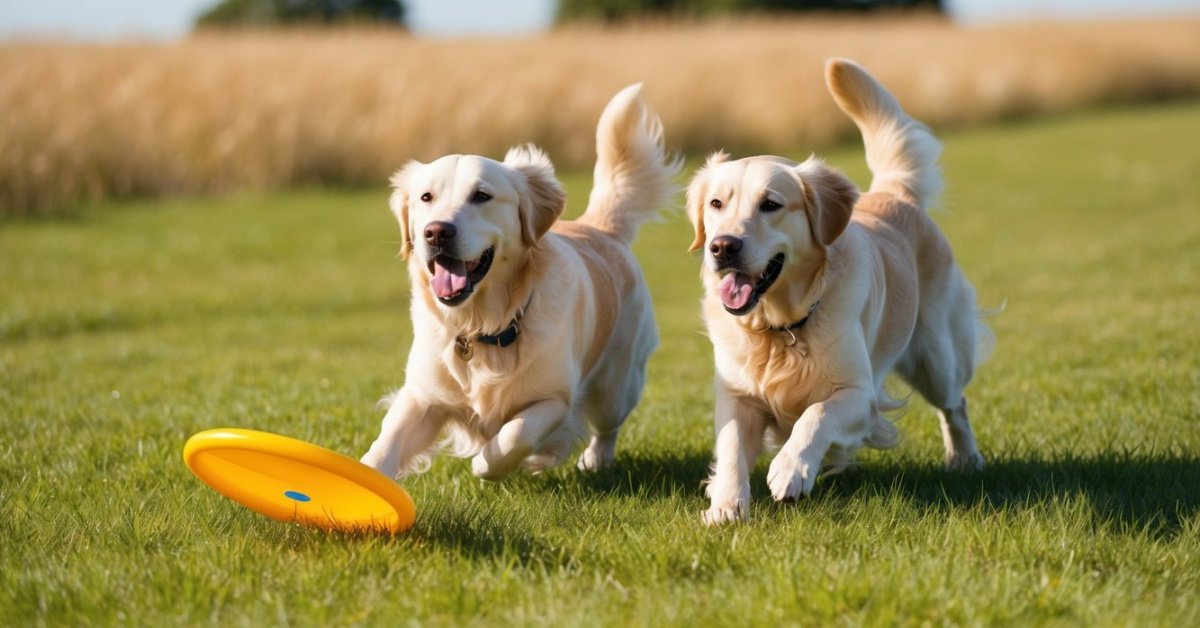Golden Retrievers are known for their friendly nature and boundless energy. Training them to go off-leash can be a game changer for both you and your furry friend. Imagine the joy of watching your pup frolic freely in the park, trusting that they’ll come back when called. It’s not just about freedom; it’s about building a stronger bond and enhancing their obedience.
Understanding Off-Leash Training
Off-leash training for Golden Retrievers strengthens the bond between dog and owner while promoting freedom and exploration. This approach comes with various benefits and challenges, both of which are essential to consider.
Benefits of Off-Leash Training
- Enhanced Bonding: Off-leash training fosters a deeper connection between me and my dog by encouraging shared activities, such as running or playing fetch in open areas.
- Improved Obedience: Engaging in off-leash activities reinforces basic commands and boosts my dog’s responsiveness. Consistent training builds trust and a strong recall ability.
- Increased Exercise: Allowing my Golden Retriever to run freely promotes physical activity, leading to better overall health and behavior.
- Socialization Opportunities: Off-leash environments provide chances for my dog to interact with other dogs, which enhances social skills and confidence.
- Mental Stimulation: Exploring new environments challenges my dog mentally, reducing boredom and preventing behavioral issues.
Challenges of Off-Leash Training
- Safety Concerns: Keeping my dog safe off-leash requires thorough training. Traffic, wildlife, and other hazards pose risks that I must address during training.
- Distractions: Unpredictable elements, like other animals or people, can divert my dog’s attention. I must practice recall and focus techniques in various environments.
- Inconsistent Behavior: Not all dogs respond the same way when off-leash. I need to ensure my Golden Retriever maintains good manners even when distractions arise.
- Legal Restrictions: Local laws may dictate where dogs can roam off-leash. Understanding the regulations in my area helps prevent fines and ensures safe outings.
- Time Commitment: Off-leash training involves ongoing practice and reinforcing commands. Consistency in training requires dedication and patience from me.
Preparing for Off-Leash Training
Preparing for off-leash training involves understanding essential commands and assessing your Golden Retriever’s readiness. These steps lay the groundwork for successful training sessions.
Essential Commands to Teach
- Come: Teaching your dog to return promptly is crucial for safety. Use positive reinforcement, like treats or praise, to encourage the behavior.
- Sit: A solid “sit” command helps control your dog in distracting environments. Practice in various settings to strengthen consistency.
- Stay: Training your dog to stay in one place until released promotes trust and safety. Gradually increase the distance and duration for effective training.
- Leave It: This command prevents your dog from pursuing distractions. Use treats to reinforce ignoring objects or animals on walks.
- Heel: Teaching your dog to walk beside you establishes good manners on a leash. Start with short distances, gradually increasing as your dog becomes more accustomed.
Assessing Your Golden Retriever’s Readiness
- Age and Maturity: Ensure your dog is at least 6 months old. Younger puppies may struggle to retain focus needed for off-leash activities.
- Basic Obedience Skills: Confirm your dog masters basic commands. Consistent obedience under various distractions indicates readiness.
- Attention Span: Evaluate your dog’s ability to focus during training sessions. A greater attention span means better off-leash success.
- Health Considerations: Consult with a veterinarian to ensure your dog is physically healthy for off-leash training. Any underlying health issues may affect performance.
- Socialization: Assess your dog’s comfort around other dogs and people. A well-socialized dog is more likely to succeed off-leash.
By focusing on these essential commands and assessing readiness, I set the stage for a successful off-leash training experience with my Golden Retriever.
Techniques for Successful Off-Leash Training
Off-leash training demands consistent techniques to ensure success. I focus on two primary methods: positive reinforcement and gradual transitions to off-leash conditions.
Positive Reinforcement Methods
Positive reinforcement solidifies training success. I reward my Golden Retriever for following commands using treats, praise, or playtime. For instance, each time my dog comes when called, I offer a treat immediately. This practice encourages my dog to associate coming toward me with positive experiences. The consistency of these rewards is crucial; I always ensure my response remains the same. As my dog improves, I gradually decrease treats while maintaining verbal praise.
Gradual Transition to Off-Leash
Gradual transitions play an essential role in off-leash training. I begin in a secure, enclosed area where my dog can roam while still under control. I practice commands such as “come” and “stay” in this space. Once my dog responds consistently, I increase distractions gradually, introducing less controlled environments. I always prioritize safety and keep a long leash attached during these initial outings. This method builds my dog’s confidence and strengthens obedience. With time and practice, I can transition my Golden Retriever to fully off-leash experiences.
Safety Considerations
Ensuring safety during off-leash training for Golden Retrievers is vital. I focus on choosing the right environment and identifying risks to prevent accidents.
Choosing the Right Environment
Selecting the proper environment significantly influences safety during off-leash training. I recommend starting in an enclosed, secure area, such as a fenced yard or a designated dog park. Gradually moving to less controlled locations allows the dog to adapt safely. Factors to consider include:
- Fencing quality: Ensure the area has sturdy fences to prevent escape.
- Distractions: Choose locations with minimal distractions, like fewer people and dogs.
- Visibility: Select open spaces that provide clear sightlines, making it easier to monitor the dog.
Choosing a familiar area can also enhance the dog’s comfort, helping them focus on commands rather than external stimuli.
Identifying Risks and Preventing Accidents
Recognizing potential risks is crucial for safe off-leash training. I take several precautions to minimize accidents and ensure my dog’s well-being. Key considerations include:
- Wildlife encounters: Be aware of local wildlife that may provoke a chase response.
- Traffic hazards: Avoid areas near roads or busy traffic zones to prevent accidents.
- Other dogs: Monitor interactions with unfamiliar dogs; not all may be friendly.
- Toxic plants: Educate yourself about harmful plants or toxic substances in the environment.
Implementing these safety measures helps create a secure training experience, allowing my Golden Retriever to explore freely while keeping safety as a priority.
Maintaining Off-Leash Skills
Maintaining off-leash skills requires consistent practice and engaging activities. Regular reinforcement of training helps ensure that my Golden Retriever remains obedient and trusts my commands.
Regular Practice and Reinforcement
Regular practice strengthens off-leash skills. I set aside time each week for training sessions, focusing on essential commands like “come,” “sit,” and “stay.” During these sessions, I encourage my dog with verbal praise and occasional treats. Reinforcement occurs by practicing in different environments to reduce distractions, gradually increasing the challenge as my dog improves. I incorporate games such as recall drills to make learning enjoyable while reinforcing obedience. Consistency in these practices reinforces good behavior and builds a reliable off-leash companion.

Incorporating Stimulating Activities
« How to Teach a Golden Retriever to Sit: A Complete Guide for Happy Pups
How Golden Retrievers Became Family Pets: The Journey to Being Beloved Companions »
Incorporating stimulating activities enhances my dog’s off-leash experience. I introduce agility tasks, fetch games, and scent work to keep my Golden Retriever engaged and mentally stimulated. Visiting dog parks or nature trails allows for socialization and exploration, enabling my dog to practice off-leash skills in a safe environment. I also rotate toys and introduce new challenges to keep training fresh and exciting. These activities provide ample opportunities for exercise and reinforce the bond between us, ensuring my dog remains enthusiastic about off-leash adventures.
Conclusion
Off-leash training can truly transform the way I connect with my Golden Retriever. It opens up a world of joy and adventure for both of us. Watching my pup explore freely while staying safe is such a rewarding experience.
With patience and consistency I can help my furry friend thrive off-leash. The bond we create through these shared experiences is invaluable. I’m excited to see how much our trust and obedience grow as we continue this journey together.
So let’s embrace the challenges and celebrate the victories. Off-leash training isn’t just about freedom; it’s about creating lasting memories with my beloved companion.












![PetDroid Interactive Dog Toys Dog Ball,[2025 Newly Upgraded] Durable Motion](https://m.media-amazon.com/images/I/41P-nlk1L0L._SL500_.jpg)




